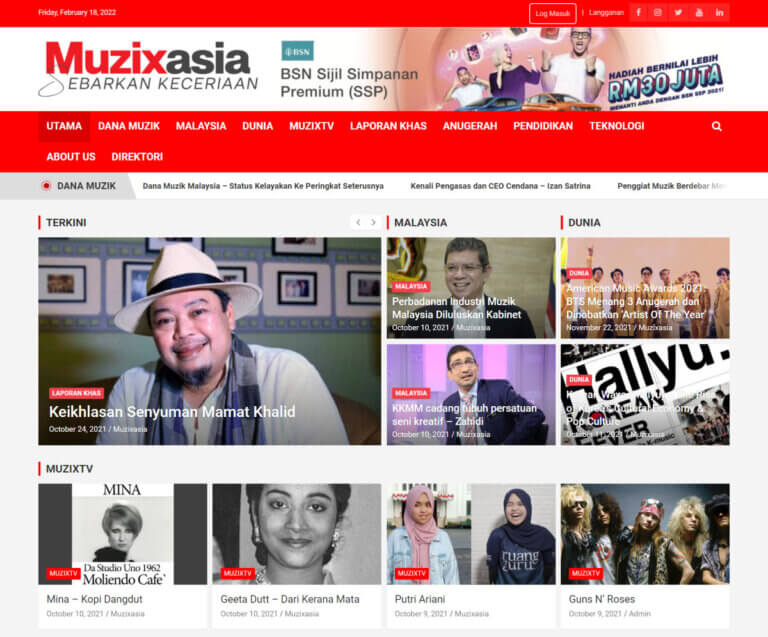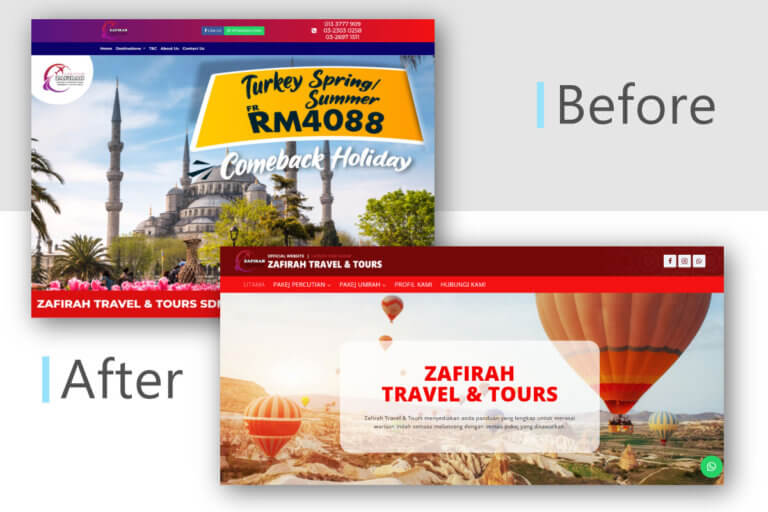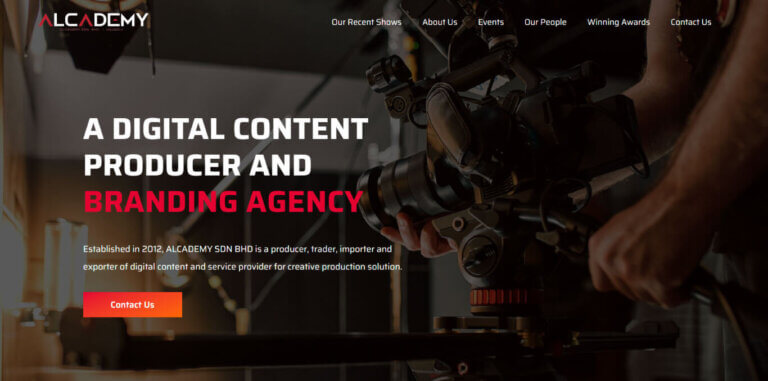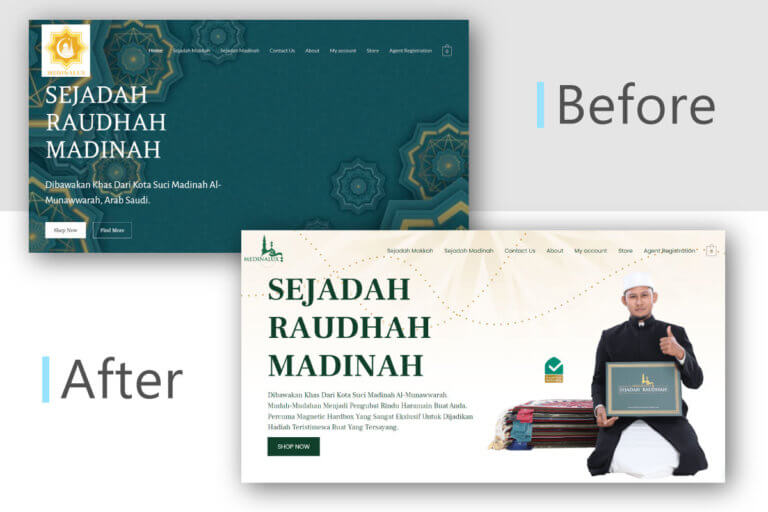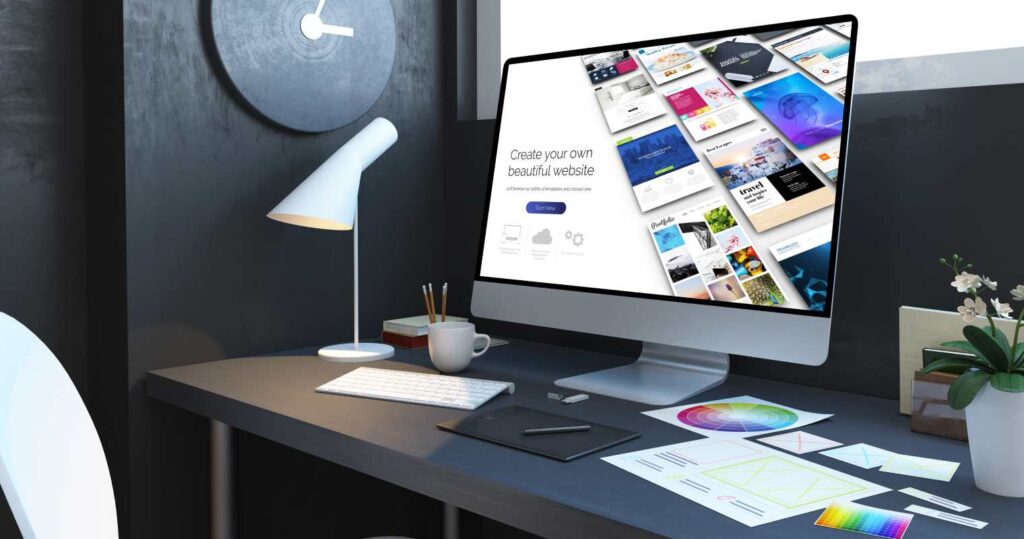
Are you designing your first website? Or perhaps you want to update an existing one?
In any case, you want to make it the best user experience it can be! A user-friendly and goal-driven website will be a big success. But how do you go about doing that?
Don’t worry! We’ve made a list of ten proven tips for building a good website design that will keep your visitors coming back for more. Let’s get this party started!
Understand your audience
Before you begin building your website, you must first define who your target audience is. Who is it that you wish to visit your website? What are their passions? What are their hassles? Understanding your target audience will allow you to personalize your website to their needs and provide a better user experience.
If your website is for a school project, for example, your audience would include other students and teachers. They’d want to see information on the project, its status, and even some images or videos.

Your audience, on the other hand, would be potential clients wanting to buy garments if your website is for a clothing business. They’d want to see images of the clothing, pricing, and maybe consumer feedback.
Understanding your target allows you to build a design that appeals to them while still including the information they require. This boosts the chances that they will stay on your website and even return in the future.
Define your goals
Once you’ve identified your target audience, you may set goals for your website design. What do you want to do with your website? Do you want to boost conversions, raise brand exposure, or give information? Knowing your objectives will assist you in creating a design that is optimal to achieve them.
If you want to improve conversions, for example, your website design should focus on making it simple for visitors to make a purchase or sign up for a service. This might involve displaying calls to action prominently, such as “Buy now” or “Sign up” buttons, and making the checkout transaction as easy as possible.
If your objective is to increase brand recognition, your website should focus on generating a strong brand image and making it easy for users to locate information about your firm. This might involve adding information about your company’s history and beliefs, as well as a clear and consistent branding, such as a logo, colour scheme, and font.
Defining your website design goals is an important step in developing a successful and user-friendly website. It will assist you in staying focused and on track while working on your website design project.
Plan your design
It’s time to start preparing your website design when you’ve defined your audience and defined your goals. This is where you’ll decide on your website’s layout, colour scheme, and general look and feel.
Creating a clear hierarchy of information is a crucial part of website design. This includes structuring your website’s content such that the most relevant information is clearly shown and less important information is hidden away. This will assist visitors locate what they are seeking for and will direct them around your website.
Another critical part of website design is maintaining a consistent appearance and feel across your site. This includes adopting a unified colour scheme, typeface, and graphics. This will give your website a more integrated and professional appearance, making it more memorable to visitors.
Finally, keep in mind that website design is about more than just looks; it is also about usefulness. Make sure your website is simple to use and suited for both desktop and mobile devices.
Prioritize user experience
When it comes to website design, the user experience should always come first. This includes creating a website that is simple to use, straightforward, and offers visitors with a positive user experience.
Conducting user research is one strategy to emphasize user experience. User interviews, surveys, and testing may all be used to better understand how users interact with your website and identify any pain areas. This data may then be utilized to improve and guide your website design.
Finally, an effective website design should make the user feel at ease and welcome. This may be accomplished by the use of a clean, basic, and minimalistic style, making the website easy to read and comprehend, and offering clear and straightforward instructions.
Optimize for mobile
A responsive design is one method to optimise your website for mobile. This ensures that your website’s style and content will automatically resize to match the screen size of the device being used to view it. This guarantees that your website looks amazing and functions well on all devices.
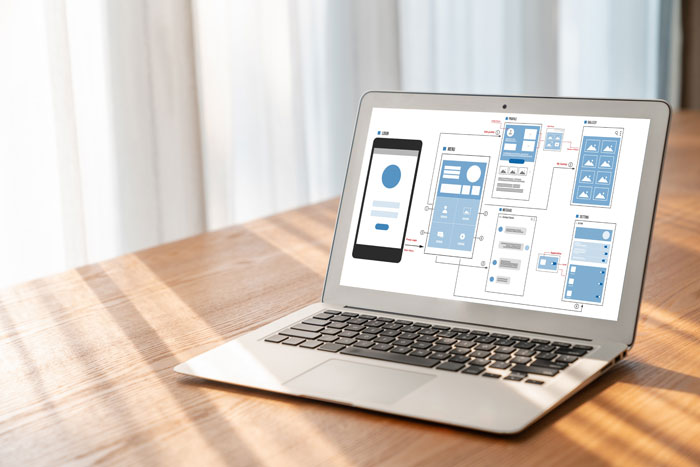
Another technique to improve your mobile website design is to keep the content and layout basic. It’s critical to priorities the most relevant information and make it easily accessible on a small screen. This involves limiting the amount of menu options and employing larger font sizes for easier reading.
Furthermore, ensure that your website runs swiftly on mobile devices. Slow loading speeds might turn off mobile consumers and drive them to abandon your website. To make your website load quicker, optimise your pictures, minify your code, and use a Content Delivery Network (CDN).
Pay attention to details
The devil is in the details when it comes to website design. Paying attention to the details may make a great difference when it comes to developing a polished and professional-looking website.
Typography is an important factor to consider. Choosing the proper font and size may have a significant influence on the readability and overall appearance of your website. Make sure your font is legible and that the size is constant across your website.
Another aspect to consider is consistency. Color scheme, layout, and visual consistency will provide a consistent appearance and feel throughout your website. This not only helps your website appear more professional, but it also makes it easier for people to browse and comprehend.
Test your design
User testing is one technique to put your website design to the test. Having a group of people evaluate your website and offer input on its usability and general design is what this includes. This might assist you in identifying any navigation, layout, or functionality concerns that you may have missed throughout the design phase.
Using website optimization tools is another technique to test your website design. These tools may inspect your website and offer comments on issues like as load time, mobile optimization, and broken links. This might assist you in improving the overall performance and functionality of your website.
Finally, make certain that your website design is accessible. This includes testing your website with assistive technology like screen readers to ensure that individuals with impairments can access and navigate it.
Get feedback
Receiving feedback on your website design is a critical phase in the website design process. It provides you with an objective and fresh view on your website, allowing you to find areas for improvement and make adjustments to enhance the user experience.
Reaching out to your target audience is one technique to receive input on your website design. Involve them in reviewing your website and providing feedback on its general design, usability, and functioning. This might assist you in identifying any problems or worries your target audience may have with your website.
Furthermore, tracking user activity using website analytics tools might help you gain feedback on your website design. This may give valuable insights on how people interact with your website and assist you in detecting places where users may be struggling or abandoning it.

Keep it simple
A clean and minimalistic style is one method to keep your website design basic. This includes employing a lot of white space, basic typeface, and content that is clear and easy to read. This might assist to establish a sense of calm and structure on your website, making it easier for customers to browse.
Limiting the amount of items on each page is another approach to keep your website design simple. This includes limiting the quantity of photos, buttons, and other design components. This can assist to eliminate clutter and allow users to concentrate on the most relevant information.
Finally, keep your website’s load time in mind. Keeping your website design basic can also assist to minimise load time, which is vital because visitors abandon websites that take too long to load.
You can make a website that is easy to browse and gives an excellent user experience by keeping your website design basic.
Maintain it
Poorly maintained websites can become obsolete, slow, and have broken links or mistakes. This might result in a negative user experience and tarnish your internet reputation.
One strategy to keep your website design fresh is to update its content on a frequent basis. This includes adding new content, deleting old content, and keeping your website up to date. This might assist you in keeping your website current and entertaining to your intended audience.
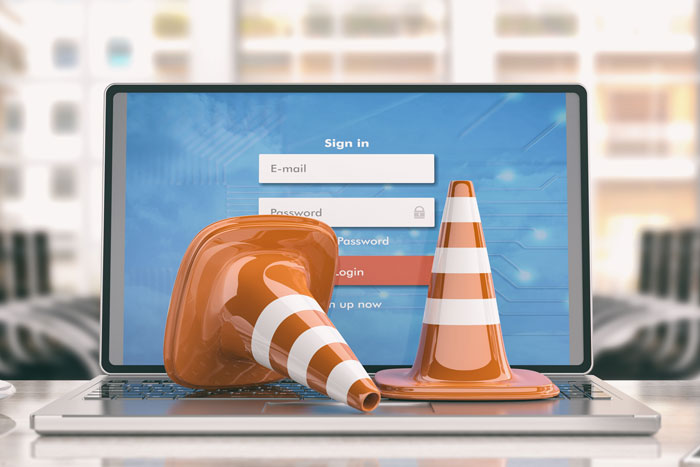
Another method to keep your website design in good shape is to look for and repair any broken links or faults. This entails inspecting your website on a regular basis to ensure that all links are operating properly and that there are no broken graphics or other issues. This might help to guarantee that your website is operational.
You can guarantee that your website provides the greatest possible user experience and is constantly up to date by frequently updating its design.
Conclusion
To summarise, a strong website design is essential for every business or organization that wants to prosper online. A website that is easy to browse, visually appealing, and gives a fantastic user experience requires a lot of work and attention to detail.
By following these steps, you can build a website that will help you reach your goals while also making a good impression on your target audience. Here are few case studies for the website design optimization:
- E-Book Sales Landing Page Design Optimization
- Website Design Optimization for the Tourism Business
- Website Design Optimization for International College
Remember that a well-designed website may help you raise conversion rates, generate trust, and position your business as an industry leader. So, bear in mind that website design is the first and most significant step in attracting and retaining consumers.

